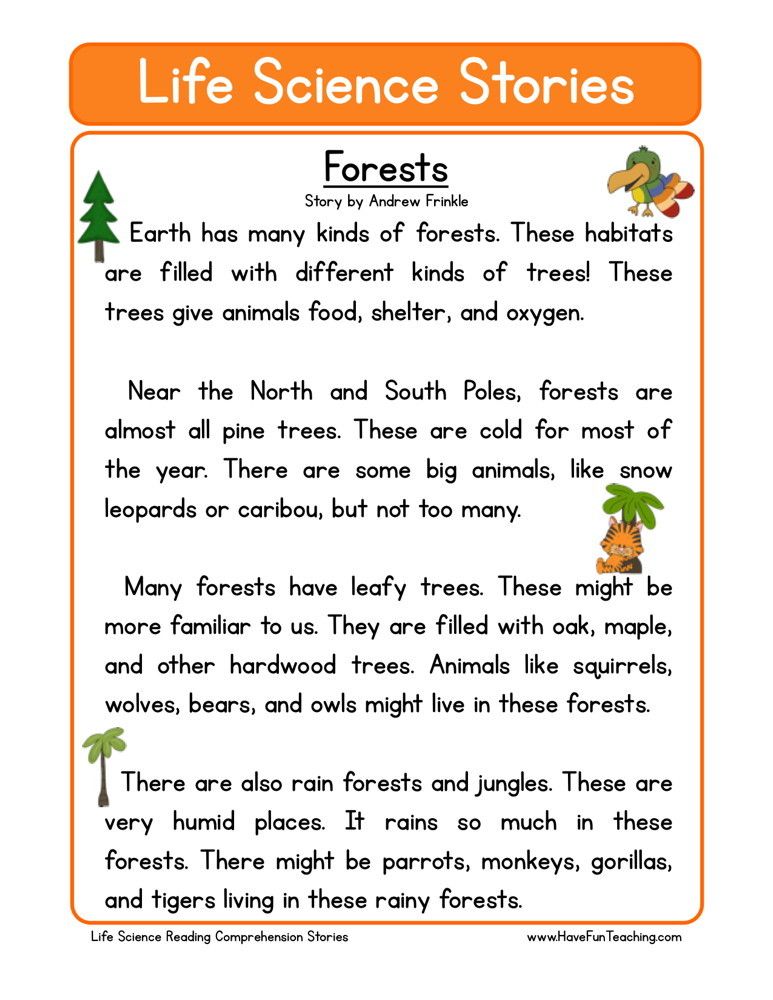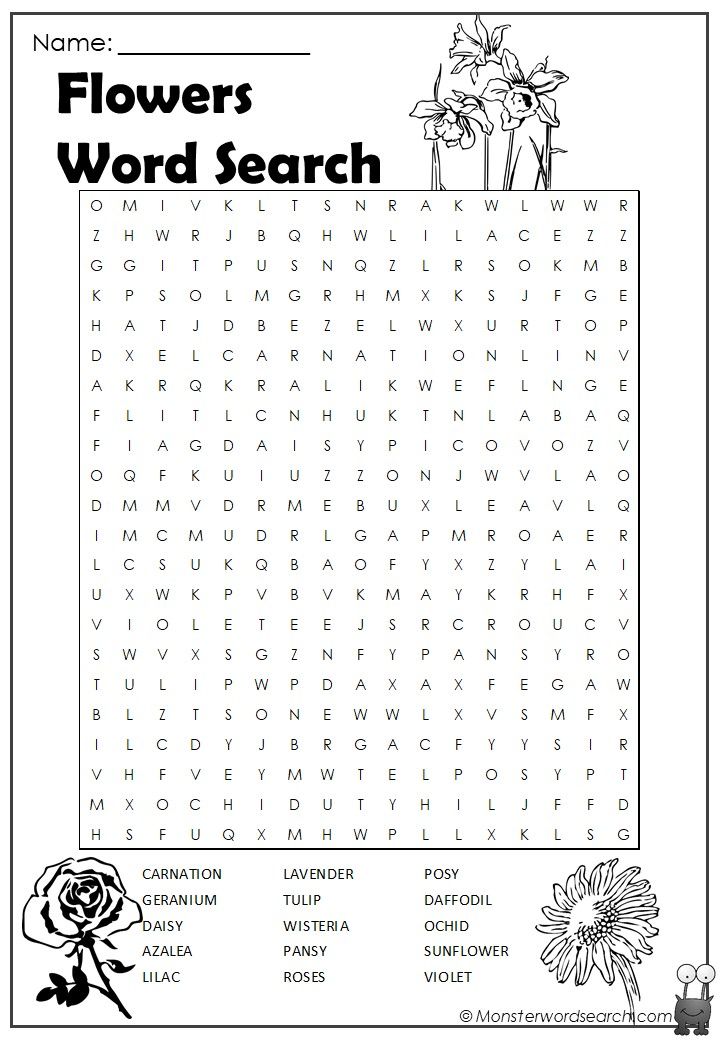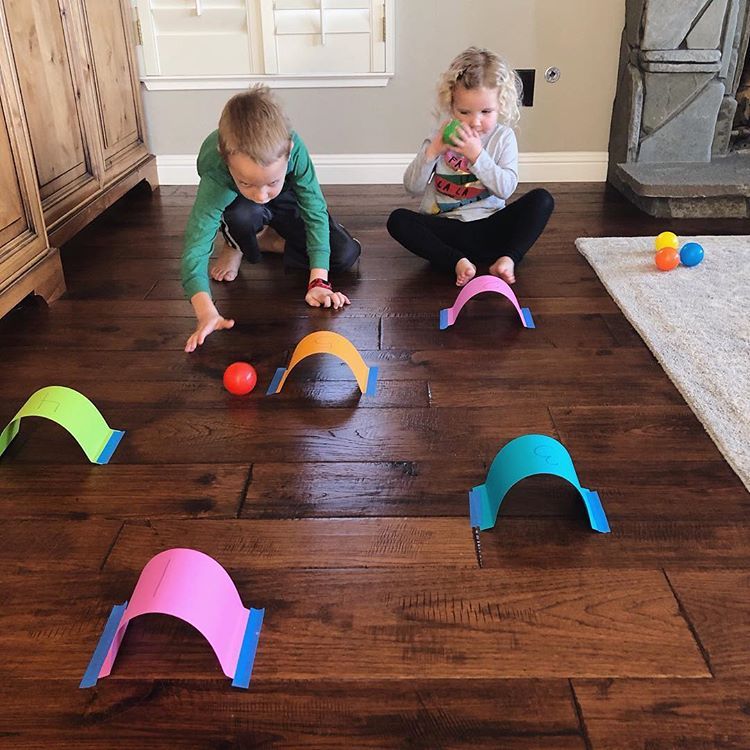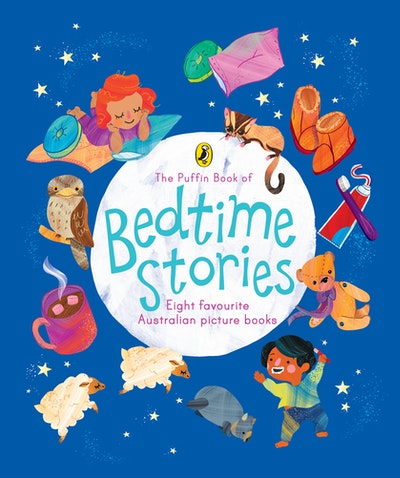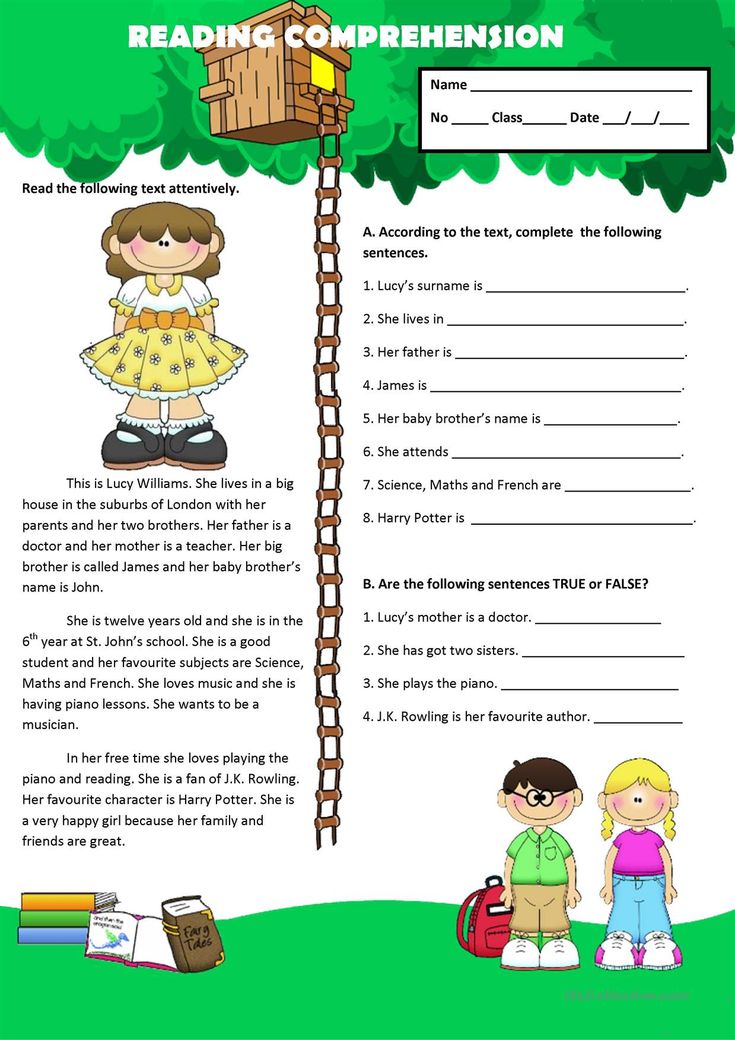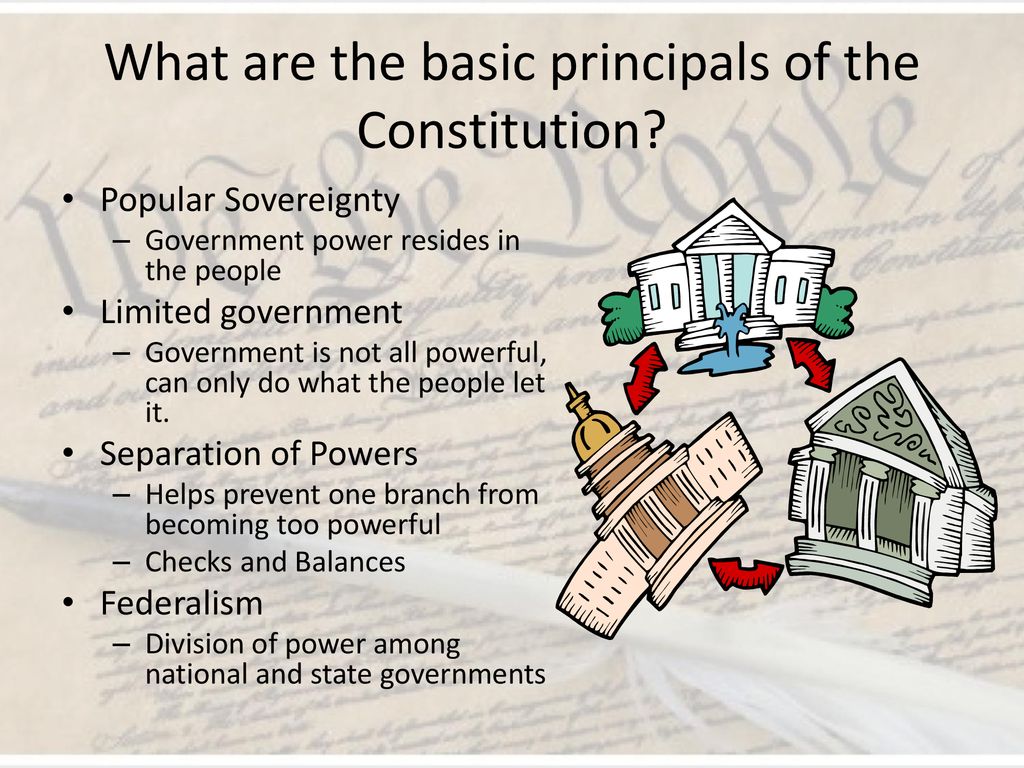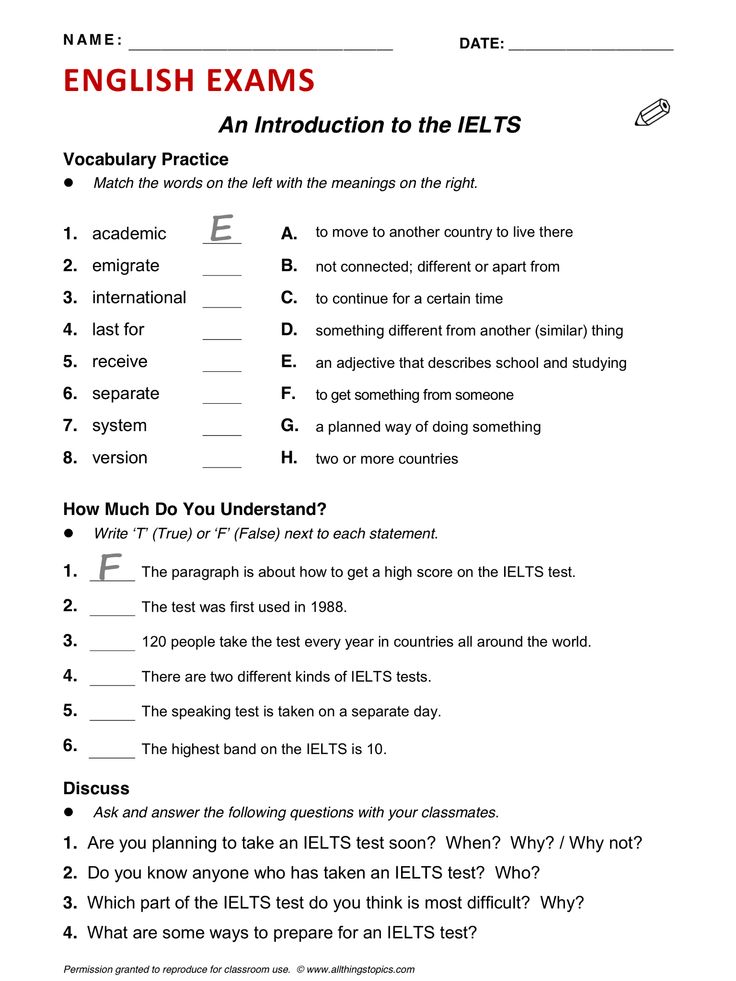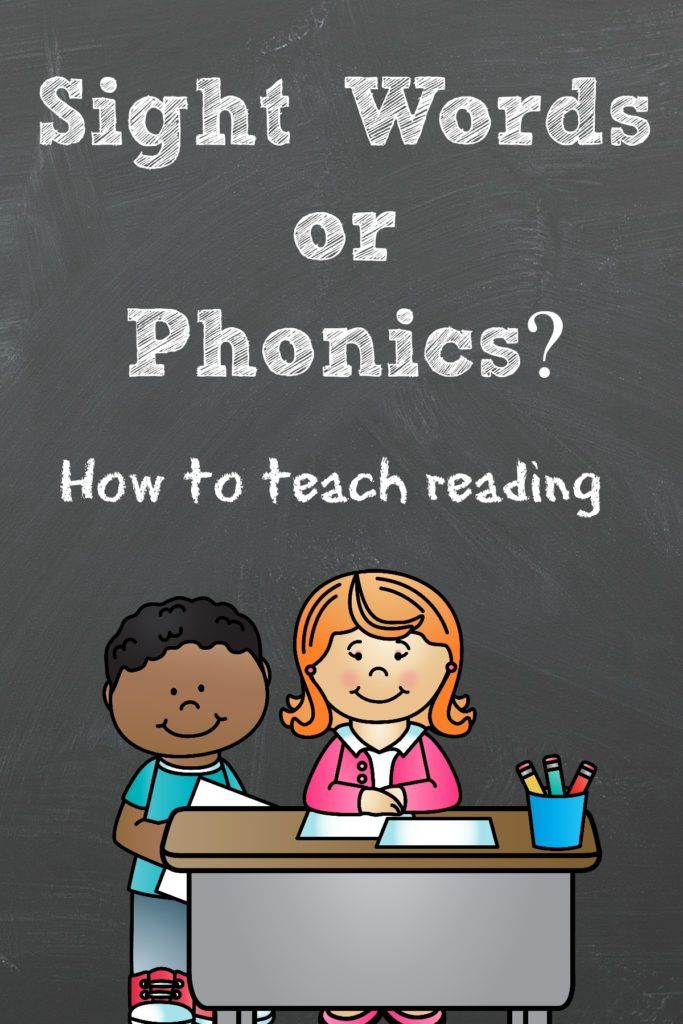Recommendations for reading
Ideas and Recommendations from the Reading Comprehension Interest Group
The Reading Comprehension Interest Group of the Global Reading Network spent the last year discussing how to ensure children understand what they read. While initial group meetings focused on teaching reading comprehension strategies and the challenges with ensuring teachers learn to properly model these comprehension techniques, we touched on a range of topics including language factors, materials development, social-emotional learning connections, and assessment, which demonstrate how complex it can be to help children read with understanding.
Here is a sneak peek of some of our Year 1 Recommendations:
Teaching Reading Comprehension Strategies:
- Children should be taught explicitly to use a wide variety of reading comprehension strategies, which should be applied to any new texts they read.
Beyond Strategies — Often Neglected Comprehension Factors:
- Motivation: Teachers can give students a ‘reason to read’ by activating their background knowledge and choosing authentic texts which they will enjoy reading.
- Social-emotional learning (SEL): Once teachers have internalized how to model reading comprehension strategies, the shift to focusing on SEL through stories is much easier.
Designing Reading Comprehension Programs:
- Integrating writing with reading lessons can also help to reinforce reading comprehension skills.
- Comprehension skills should be developed alongside letter knowledge, phonological awareness, vocabulary, and fluency. To ensure time to focus on reading comprehension, NGOs must collaborate with governments to allocate more time for reading instruction each day and/or adapt the curriculum to allow for the teaching of each core literacy component.
Teacher Training and Coaching:
- Programs must ensure enough time during training for teachers, trainers, and coaches to help them develop and internalize instructional best practices. This includes time to practice how to model:
- Think alouds;
- Interactive read alouds; and
- Giving children time to practice with feedback.

- Teachers should be trained in reading and writing instruction for all languages they will teach. Training should include the pedagogical vocabulary that will be needed for teaching academic content in relevant local languages.
Textbooks and Supplementary Reading Materials:
- Ensure teachers’ guides, textbooks, and supplementary readers have meaningful content and pose questions at different levels of Bloom’s taxonomy so that they can be used to elicit deeper comprehension among students. This is important for all grade levels, but particularly so for children in the upper primary grades.
Assessment:
- The ideal classroom observation forms should have a combination of quantitative and qualitative items that could be used both for project monitoring and for coaching. The tools should explicitly consider specific reading comprehension and linguistic instructional strategies.
- Formative assessment: Currently, there is a lack of reliable and valid measurement tools for some of the harder to measure factors in reading comprehension (motivation, self-efficacy, background knowledge, etc.
 ) in LMICs. Therefore, building a formative assessment of these areas into lesson plans, curricula, teacher training modules, and coaching expectations is essential.
) in LMICs. Therefore, building a formative assessment of these areas into lesson plans, curricula, teacher training modules, and coaching expectations is essential. - Develop and build into new project proposals quantitative assessment tools to measure improvements in students’ vocabulary and writing — as both contribute to comprehension.
Strategies for Reading Comprehension :: Read Naturally, Inc.
Comprehension: The Goal of Reading
Comprehension, or extracting meaning from what you read, is the ultimate goal of reading. Experienced readers take this for granted and may not appreciate the reading comprehension skills required. The process of comprehension is both interactive and strategic. Rather than passively reading text, readers must analyze it, internalize it and make it their own.
In order to read with comprehension, developing readers must be able to read with some proficiency and then receive explicit instruction in reading comprehension strategies (Tierney, 1982).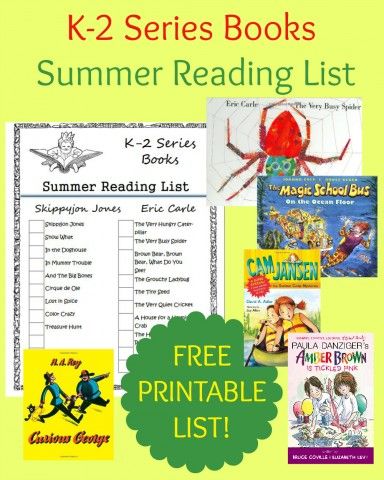
Strategies for reading comprehension in Read Naturally programs
General Strategies for Reading Comprehension
The process of comprehending text begins before children can read, when someone reads a picture book to them. They listen to the words, see the pictures in the book, and may start to associate the words on the page with the words they are hearing and the ideas they represent.
In order to learn comprehension strategies, students need modeling, practice, and feedback. The key comprehension strategies are described below.
Using Prior Knowledge/Previewing
When students preview text, they tap into what they already know that will help them to understand the text they are about to read. This provides a framework for any new information they read.
Predicting
When students make predictions about the text they are about to read, it sets up expectations based on their prior knowledge about similar topics. As they read, they may mentally revise their prediction as they gain more information.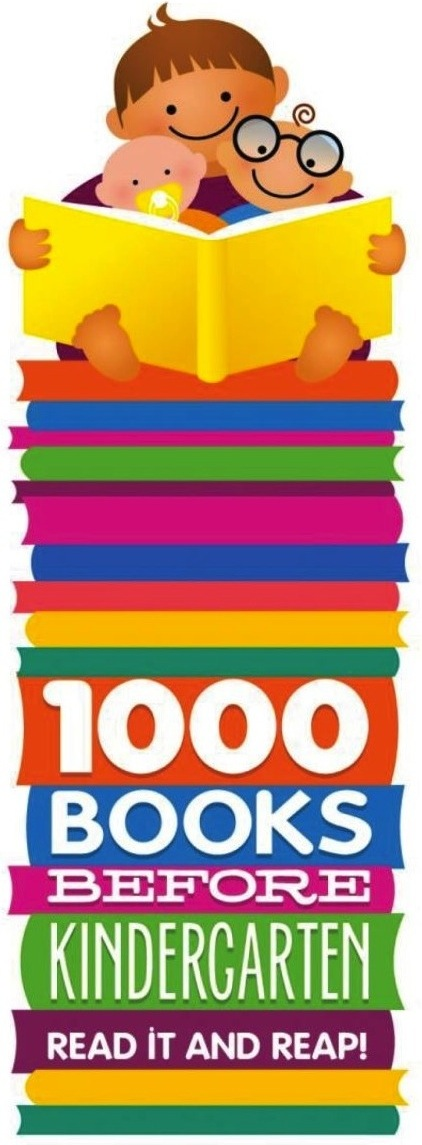
Identifying the Main Idea and Summarization
Identifying the main idea and summarizing requires that students determine what is important and then put it in their own words. Implicit in this process is trying to understand the author’s purpose in writing the text.
Questioning
Asking and answering questions about text is another strategy that helps students focus on the meaning of text. Teachers can help by modeling both the process of asking good questions and strategies for finding the answers in the text.
Making Inferences
In order to make inferences about something that is not explicitly stated in the text, students must learn to draw on prior knowledge and recognize clues in the text itself.
Visualizing
Studies have shown that students who visualize while reading have better recall than those who do not (Pressley, 1977). Readers can take advantage of illustrations that are embedded in the text or create their own mental images or drawings when reading text without illustrations.
Strategies for Reading Comprehension: Narrative Text
Narrative text tells a story, either a true story or a fictional story. There are a number of strategies that will help students understand narrative text.
Story Maps
Teachers can have students diagram the story grammar of the text to raise their awareness of the elements the author uses to construct the story. Story grammar includes:
- Setting: When and where the story takes place (which can change over the course of the story).
- Characters: The people or animals in the story, including the protagonist (main character), whose motivations and actions drive the story.
- Plot: The story line, which typically includes one or more problems or conflicts that the protagonist must address and ultimately resolve.
- Theme: The overriding lesson or main idea that the author wants readers to glean from the story.
 It could be explicitly stated as in Aesop’s Fables or inferred by the reader (more common).
It could be explicitly stated as in Aesop’s Fables or inferred by the reader (more common).
Printable story map (blank)
Retelling
Asking students to retell a story in their own words forces them to analyze the content to determine what is important. Teachers can encourage students to go beyond literally recounting the story to drawing their own conclusions about it.
Prediction
Teachers can ask readers to make a prediction about a story based on the title and any other clues that are available, such as illustrations. Teachers can later ask students to find text that supports or contradicts their predictions.
Answering Comprehension Questions
Asking students different types of questions requires that they find the answers in different ways, for example, by finding literal answers in the text itself or by drawing on prior knowledge and then inferring answers based on clues in the text.
Strategies for Reading Comprehension: Expository Text
Expository text explains facts and concepts in order to inform, persuade, or explain.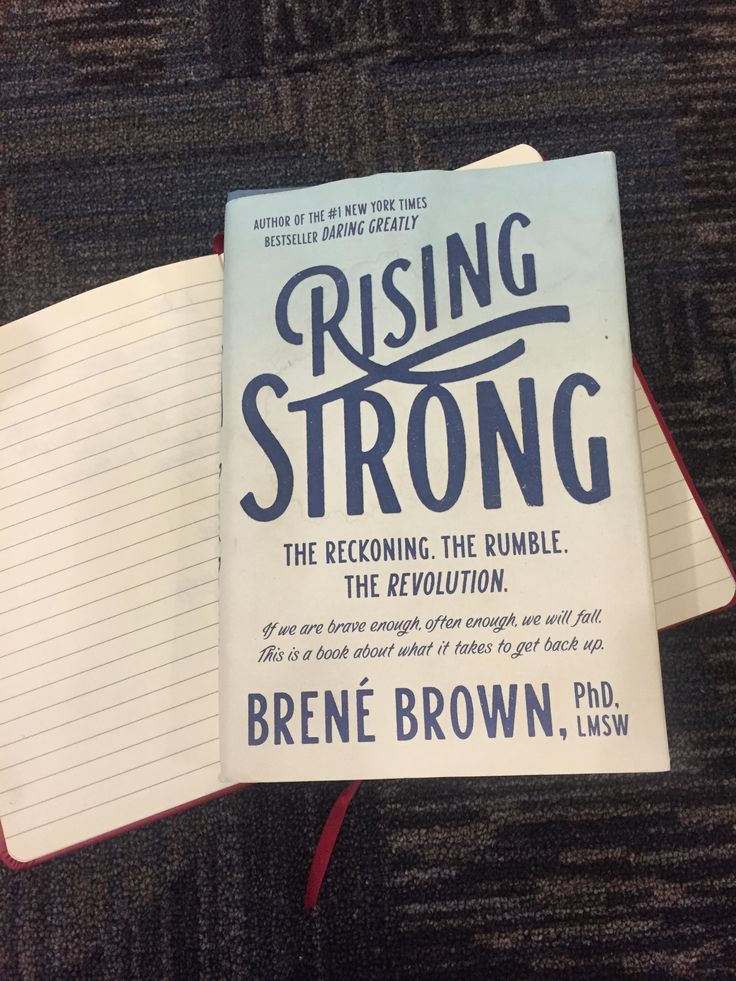
The Structure of Expository Text
Expository text is typically structured with visual cues such as headings and subheadings that provide clear cues as to the structure of the information. The first sentence in a paragraph is also typically a topic sentence that clearly states what the paragraph is about.
Expository text also often uses one of five common text structures as an organizing principle:
- Cause and effect
- Problem and solution
- Compare and contrast
- Description
- Time order (sequence of events, actions, or steps)
Teaching these structures can help students recognize relationships between ideas and the overall intent of the text.
Main Idea/Summarization
A summary briefly captures the main idea of the text and the key details that support the main idea. Students must understand the text in order to write a good summary that is more than a repetition of the text itself.
K-W-L
There are three steps in the K-W-L process (Ogle, 1986):
- What I Know: Before students read the text, ask them as a group to identify what they already know about the topic.
 Students write this list in the “K” column of their K-W-L forms.
Students write this list in the “K” column of their K-W-L forms. - What I Want to Know: Ask students to write questions about what they want to learn from reading the text in the “W” column of their K-W-L forms. For example, students may wonder if some of the “facts” offered in the “K” column are true.
- What I Learned: As they read the text, students should look for answers to the questions listed in the “W” column and write their answers in the “L” column along with anything else they learn.
After all of the students have read the text, the teacher leads a discussion of the questions and answers.
Printable K-W-L chart (blank)
Graphic Organizers
Graphic organizers provide visual representations of the concepts in expository text. Representing ideas and relationships graphically can help students understand and remember them. Examples of graphic organizers are:
Tree diagrams that represent categories and hierarchies
Tables that compare and contrast data
Time-driven diagrams that represent the order of events
Flowcharts that represent the steps of a process
Teaching students how to develop and construct graphic organizers will require some modeling, guidance, and feedback. Teachers should demonstrate the process with examples first before students practice doing it on their own with teacher guidance and eventually work independently.
Teachers should demonstrate the process with examples first before students practice doing it on their own with teacher guidance and eventually work independently.
Strategies for Reading Comprehension in Read Naturally Programs
Several Read Naturally programs include strategies that support comprehension:
| Read Naturally Intervention Program | Strategies for Reading Comprehension | |||
|---|---|---|---|---|
| Prediction Step | Retelling Step | Quiz / Comprehension Questions | Graphic Organizers | |
| Read Naturally Live:
| ✔ | ✔ |
| |
| Read Naturally Encore:
| ✔ | ✔ |
| |
| Read Naturally GATE:
| ✔ | ✔ |
| |
| One Minute Reader Live:
|
| |||
| One Minute Reader Books/CDs:
|
| |||
| Take Aim at Vocabulary: A print-based program with audio CDs that teaches carefully selected target words and strategies for independently learning unknown words. Students work mostly independently or in teacher-led small groups of up to six students.
|
| ✔ | ||
Bibliography
Honig, B.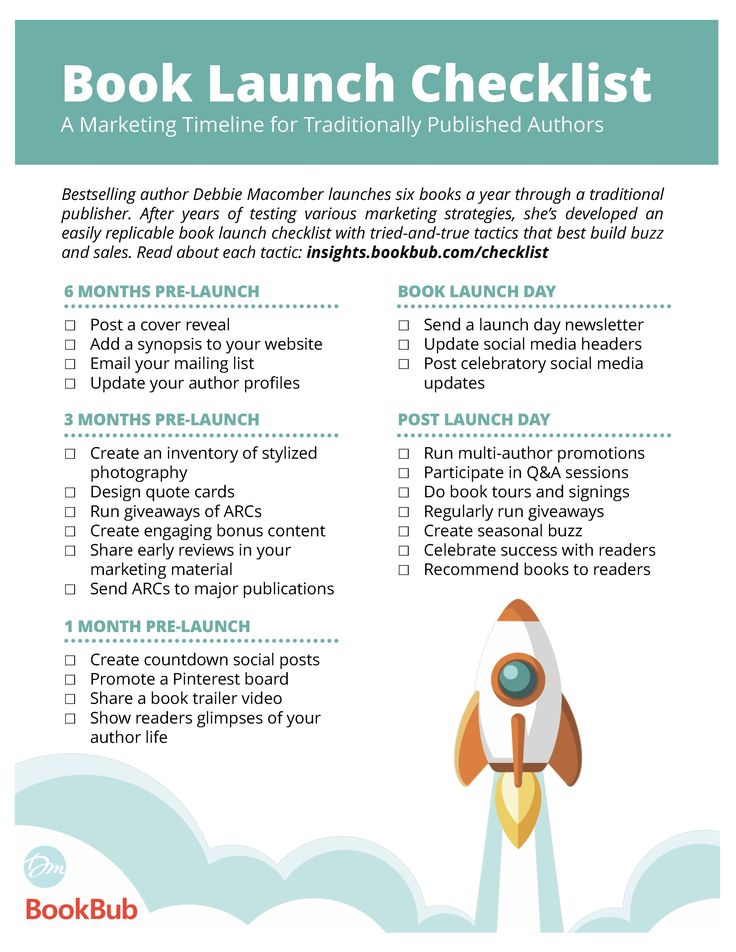 , L. Diamond, and L. Gutlohn. (2013). Teaching reading sourcebook, 2nd ed. Novato, CA: Arena Press.
, L. Diamond, and L. Gutlohn. (2013). Teaching reading sourcebook, 2nd ed. Novato, CA: Arena Press.
Ogle, D. M. (1986). K-W-L: A teaching model that develops active reading of expository text. The Reading Teacher 38(6), pp. 564–570.
Pressley, M. (1977). Imagery and children’s learning: Putting the picture in developmental perspective. Review of Educational Research 47, pp. 586–622.
Tierney, R. J. (1982). Essential considerations for developing basic reading comprehension skills. School Psychology Review 11(3), pp. 299–305.
TOP 12 recommendations for reading books
Contents
Welcome, dear readers! Today I want to share a list of literature that is worthy of the attention of each of you. If only because it has already helped a large number of people to change not only their outlook on life, but also to make it more harmonious, interesting and happy.
A lot of such lists have already been created on the site, but what can you do if so many creations have not yet been studied, and very, by the way, in vain.
So, recommendations for reading books, prepare a pen with a notepad to take notes. Or open an electronic notepad, which is more convenient.
Top 12
7 Habits of Highly Effective People. Stephen Covey
This is a desktop guide for the important process of self-development. Bill Clinton himself singled it out among the rest of the bestsellers, considering it the most effective and versatile. Since it can help absolutely every person who “works out” the skills necessary for this to achieve success.
Steven is an expert in solving problems, complexities, both in business and in interpersonal relationships. Clearly enough, with examples, describes his experience and understanding of the principles and rules that exist in society. And also how to adapt to them and achieve what you want.
GTD. David Allen
Getting Things Done This book is for those who are constantly under stress and do not have time to solve work and life tasks.
Who has already forgotten how it is to enjoy the process of work, and not to rush to finish it as soon as possible.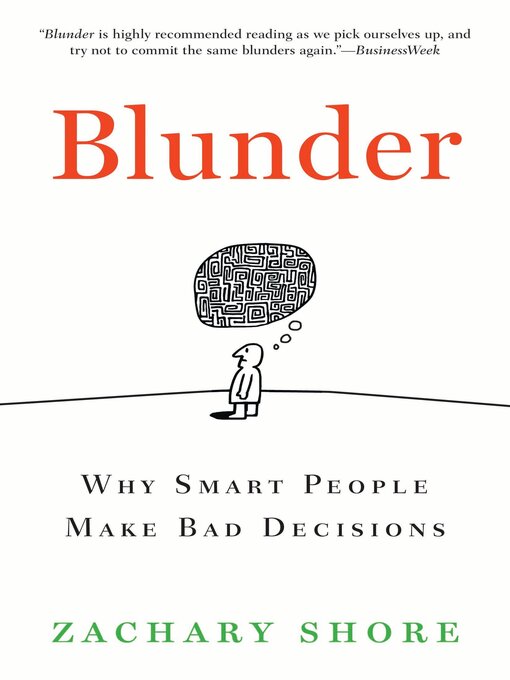 Or if the problems literally snowballed on your head, and there are no ideas on how to deal with them.
Or if the problems literally snowballed on your head, and there are no ideas on how to deal with them.
Or how to allocate your time and resources so that you really manage to achieve what you want. That is, to get the result of their activities, and exactly the one that was previously planned.
Here you will find practical advice and various tools that will facilitate processes such as time and task planning, goal setting and prioritization.
Wake up the giant in you. Anthony Robbins
If you understand that it's time to take control of your life into your own hands, then feel free to start reading this creation. Since in it you will find strategies and techniques that will allow you to gain inner freedom and confidence in a bright, wonderful future that you will create on your own, not relying on miracles and favorable combinations of circumstances, other people.
This is an excellent motivator to act, and not to put off for later, happiness and troubles, plans and dreams.
The art of making deals. Donald Trump
Donald talks about his own experience of building a business. About ups and downs, the intricacies of overcoming bureaucratic difficulties. But the most important thing is how to make deals and find a common language even with those who are initially skeptical about the idea of cooperation.
But this book is not just a collection of recommendations, in it Trump talks along the way about his personal life, the oddities that happened in it. That makes it quite accessible to a wide range of readers. Both businessmen and housewives, students and even schoolchildren will find valuable information in it.
By the way, you will learn more details about his biography from this article.
Road to the future. Bill Gates
This book is not about how to make millions, it is more for dreamers. Because it tells what technologies await us in the future.
Could you have thought in the 1990s, if you were already in this world, that the moment will come when we will be able to talk on the phone from absolutely any corner of the planet where it catches the connection? Hardly.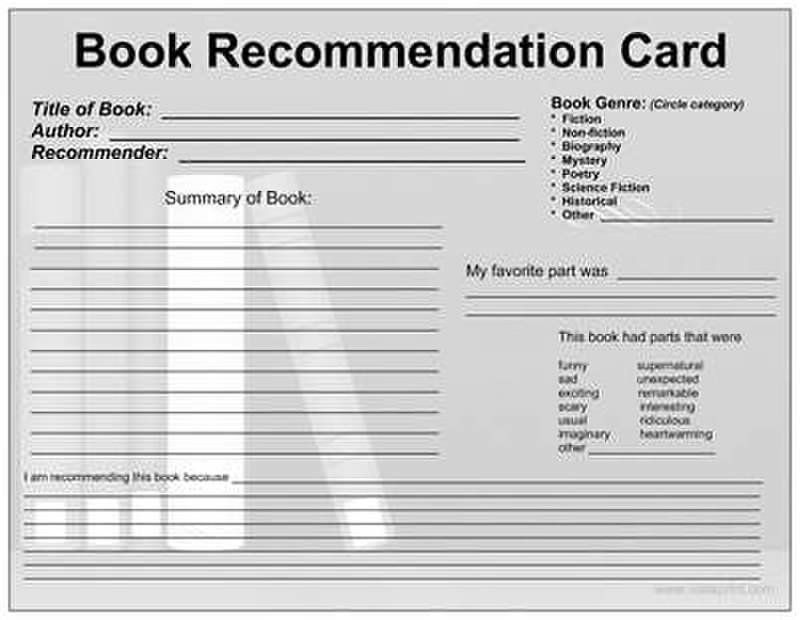 In the same way, they later did not believe in the Smart Home system, although at 19Bill already had its analogue in 95.
In the same way, they later did not believe in the Smart Home system, although at 19Bill already had its analogue in 95.
In general, if you are interested to know what awaits you in the future - feel free to go in search of the creation of this brilliant man, who is rightfully considered one of the richest people on the planet.
Where is my cheese? Spencer Johnson
This is a story about values and priorities. About how we get used to something, and stop noticing. And then, losing, we are very sorry about it. It is short, but contains very important ideas, thoughts that can change your attitude towards your own life.
It will be clear to both a businessman and a child. Because identifying each of us with a mouse that seeks to get its cheese and does it in different ways is easy enough to understand.
Black rhetoric. Karstne Bredemeyer
Are you able to elegantly handle conflicts, resolve heated disputes with ease and convince your interlocutor that you are right so skillfully that he himself will not notice how he agrees with you?
If not, then it's time to take on Bredemeyer's book. He will introduce you to the most effective techniques for manipulating the minds of others. It will also help improve your perception and hone your discussion and negotiation skills.
He will introduce you to the most effective techniques for manipulating the minds of others. It will also help improve your perception and hone your discussion and negotiation skills.
Black rhetoric - because it really contains magic, the magic of words. You just have to know the secrets hidden in it and you will easily achieve your goals.
How to make anyone fall in love with you. Lail Lowndes
If you want to get away from serious topics about achievements, career and other things, then I recommend reading a short theoretical course on interpersonal relationships. In particular, love, sexual, romantic.
Here you will find as many as 85 techniques that will help you fall in love with almost any representative or representative of the opposite sex. Or maybe your own, if there is a desire and need.
How to talk to assholes. Mark Goulston
I think that each of you at least once in your life had a chance to communicate with an inadequate person.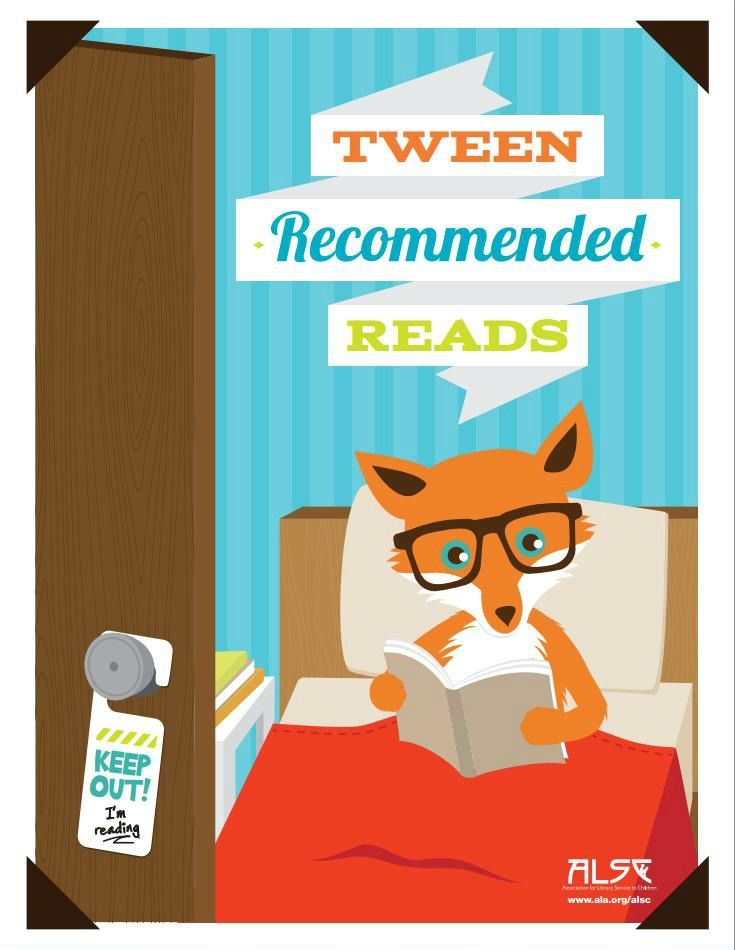 That is, those who are not able to think rationally and make decisions. Why, even just talk coherently and on the topic, answer questions.
That is, those who are not able to think rationally and make decisions. Why, even just talk coherently and on the topic, answer questions.
So, Mark, being a psychiatrist and having vast experience in working with individuals prone to violence and suicide, decided to share his achievements and techniques with the world.
He originally created a whole training course for the FBI and the police on how to negotiate. And then he wrote a book. After all, assholes and psychos are much more common than we would like. And not everyone knows how to behave with them. Take care of your nerves and safety, read it.
Number 1. How to be the best at what you do. Igor Mann.
A step-by-step guide on how to get from point A, that is, the place where you are at the moment, to point B - where you wanted and dreamed of. It's that simple. And no matter what your plans and aspirations are, you will receive the tools with which you can pave your own way. Just the one that suits. And it takes you where you need to go.
And it takes you where you need to go.
As a bonus, each chapter contains a small list of recommended literature. That is, if you want to delve into the topic, you will already know which direction to run and where exactly to get the necessary information.
At the limit. A week without self-pity. Eric Larssen
For those who want to temper their character, take all the will into a fist and finally decide on action. And you will be inspired to do this by the experience of Erik Larssen, who took a special course for a young soldier in the Norwegian army. For a whole week he had to fight for his life, for every minute of it. Not really understanding when the torment will end, that is, cold, lack of sleep, food, physical unrealistic stress, and so on.
And he did it, not only survived, but also brought out knowledge that may well motivate others not to give up, no matter how hard it is.
In the first part of the book, he shares his thoughts and feelings during that period, and in the second part, he shares recommendations and advice on how to rethink his habits.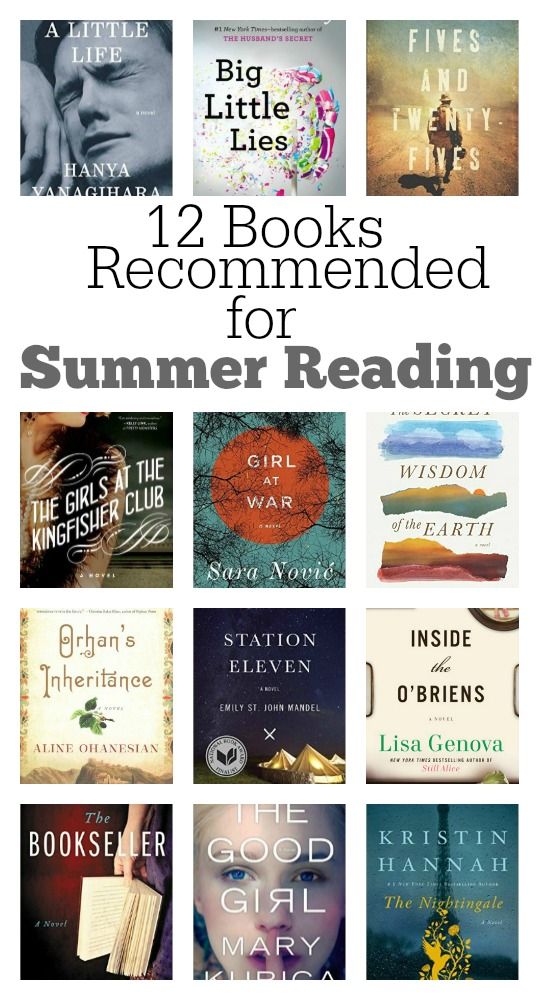 That is, to abandon those that interfere, replacing them with useful and effective ones.
That is, to abandon those that interfere, replacing them with useful and effective ones.
Between need and want. Find your path and follow it. El Luna
For those who are a little lost or confused, asking themselves questions: “What do I want?”, “What is my purpose?”, “Why did I come to this world?” and so on.
El Luna is a young artist, so she tried to express her thoughts not only with the help of words, but also using colorful and interesting drawings. That allows you to perceive the material not as smart, serious reading, causing misunderstanding and boredom. But as the notes of a genius, each phrase of which is fraught with valuable information and meaning.
Completion
And if this list is not enough for you, then go to this section. There you will find more information about what literature is worth reading.
Take care of yourself and be happy!
Material prepared by psychologist, gestalt therapist, Zhuravina Alina
Reading recommendation - School of Winners
Reading recommendation
In the photo is a new member of our family with a pile of books read over the past week!:)
Below are small reviews and recommendations what to read and what to put aside! Enjoy!
| № | How to charm people. The art of influencing minds and actions | Guy Kawasaki | The art of influencing minds and actions | Guy Kawasaki | The first part of is devoted to all sorts of psychological tricks like: smile, dress neatly, shake hands properly. The second part of is about how to inspire confidence - the main idea is to be yourself and tell the truth. The third part of is devoted to sales (some chips), in this case it is better to read the "Psychology of Influence". And the fourth one made me smile - it explains in detail why a tweeter is needed, and how to upload videos to YouTube :)) Maybe the author needed to write something to make the book more complete, so he decided to put this information in .. :) Score 5 out of 10 points Recommended reading method - Scanning |
| Washing machine for brains. How to learn to effectively manage your thoughts and achieve your goals | Jerry Cashel | The name of the book played a big influence on the purchase :) In general, I did not lose! The first part is very motivating. There are clear and specific tasks, final "sobering" questions - which, in my opinion, you need to ask yourself daily so as not to get stuck in the daily routine of being. The second part is devoted to the correct words in your vocabulary, managing situations with the help of thoughts, etc. Only for the first part of the book with "sobering" questions and tables I put 8 points out of 10! Recommended reading method Autoread |
| Younger every year. How to live to 100 fit, healthy and happy | Chris Crowley, Henry Lodge | A book about how to live up to 100 vigorous, healthy and happy! Despite the fact that it was written more for the adult generation (those over 40) it was very useful for me. One of the authors, a therapist with great experience, with ease and humor talks about how to motivate yourself properly, how to eat right, about the need for support from your spouse, how to train properly and what kind of physical activity must be done in old age. I definitely recommend reading this book together with your other half, so that it is easier to implement tasks in life! Loved the book, easy to read! After that, I immediately ran to the gym! :) I will give it to my parents with pleasure! Rating 8 out of 10 (if I were over 40 now, I would give 10 out of 10 :) Recommended reading method Autoread |
| The 80/20 Principle | Richard Koch The book was advised by Nikolai, the poet took it without hesitation. It turned out to be standing. Although everyone has long known the 80/20 paretto law, I really rarely meet people who apply it in their lives. It all starts with a change in thinking. The second part is specifically tailored for business, that 20% of customers bring 80% of the money. The rules of time management are also considered 20% of the time brings 80% of the results, and practical examples are given on how to use this in your life. There is not a small part of the information in dealing with money, which also strongly makes you not only think, but also begin to apply it in life. Score: 9 out of 10 Recommended reading method Autoread |
| Whole life. Key Skills to Achieve Your Goals A book about how to set and achieve goals. There are sensible things. However, in my opinion, some tables are so intricately made that the compiler himself can get confused when compiling these tables themselves, not to mention when it comes to implementing the plans. I think that planning and achieving goals should be easy enough to flow into your life. On the other hand, I liked that there are many examples from the life of athletes and businessmen. In general, the book seems to be “practical” after each chapter there are tasks, but there is no desire to complete some due to the fact that they are too overloaded with complex tables ... Everything should be much simpler, for example, as in the book “Extreme Time Management. Take everything from life" Score 7 out of 10 Recommended reading method PhotoReading |
| Version. Goal Achievement System № The book is about how to put real plans in business. Written in a rather dry language, not interesting to read. Many things are absolutely certain - they are not very important in small and medium-sized businesses in Russia. However, I do not argue that these methods are successfully used in European countries in large corporations. One of the useful things - I found an advertisement for the Megaplan system there, heard a lot about it, registered, tried it, a really worthwhile program for delegation and competent control of the team! Score 2 out of 10 Recommended reading method Vertical |
The path to greatness. 101 Lessons to Succeed at Work and More in Life | Robin Sharma |
101 Lessons to Succeed at Work and More in Life | Robin Sharma |
A standing book. Robin read a lot and took various courses and trainings. On my suspicions, the book included one of his trainings, which he sells for $200. Specific practical methods on how to achieve success at work/business and in life. Required for implementation. Book Motivation!
Score 9 out of 10
Recommended reading method Autoread
| It's too late after three | Masaru Ibuka A book about how to raise children up to 3 years. Otherwise, it will be too late later and it will grow "subsoil" :)) Concrete practical advice is given. It is told about whether grandparents should participate in the upbringing, what kind of music the child should listen to, whether the child should be allowed to conflict with other children. and many other tips. I highly recommend to future and already become parents who have or will have a baby! I ordered 2 books for myself, I gave one to a classmate who recently had a girl, she was glad :) Score 9 out of 10 Recommended Reading Methods PhotoReading |
| Find your destiny | Robin Sharma The book about the search for fate. It happens a little fantasy, but the exercises and tasks that the mentor gives him are really very effective, they make you look at your stay in this world differently, understand that you deserve more and, most importantly, believe in yourself, no matter how bold your dreams are. Score 8 out of 10 Recommended reading method Autoread |
| Jobs Rules | Carmine Gallo Rules by which Apple and Steve Jobs himself achieved incredible success. I recommend it to everyone who is engaged in business, or wants to do so. The book tells about how the company was born. Why Apple's website is not like everyone else's. It’s even written about why poppies have magnetic charging, as it turned out, the idea was taken from the “steamer” so that when the cord is hooked with the foot, the doubler does not fall to the floor. In their products, everything is thought out to the smallest detail. If you want to take your business to the next level, this book is for you. Score 8 out of 10 Recommended reading method Scan |
| Dummies Yorkshire Terriers | Tracey Barr, Peter F. Welling | After York appeared in our family, the question arose about his upbringing. Bought several books, this one was the best. Everything is analyzed in detail to the smallest detail - starting with how to choose a Yorkie, what to look for, how to care for, what to feed, how to train, how to do grooming, when to walk, how to educate if it does not obey, etc. Score 10 out of 10 Recommended reading method: Autoread |
| Leadership lessons from the Monk who sold his Ferrari. Eight Rituals for Visionary Leaders | Robin Sharma A book about raising leaders in your team. How to properly encourage people, how to make them work at full capacity, how to be a leader who will be proud of. How to lead people. How to thrive in difficult times. Desktop book I will return to it more than once. Score 8 out of 10 Recommended reading method: PhotoReading |
P.S. If you don't understand terms such as PhotoReading, AutoReading, and others. And in general, if you want to quickly learn how to absorb information, I highly recommend taking the Secrets of Speed Reading training from Tatyana Badya.

 6–8.0)
6–8.0)
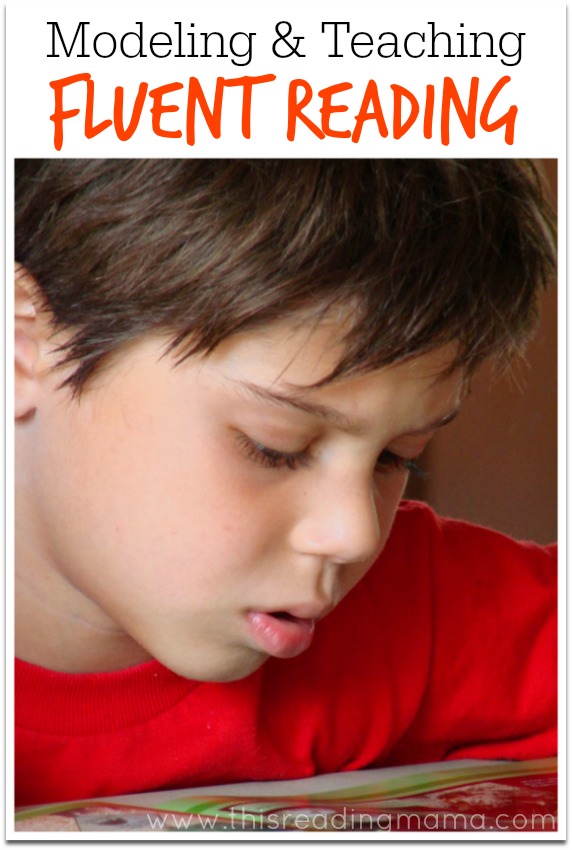
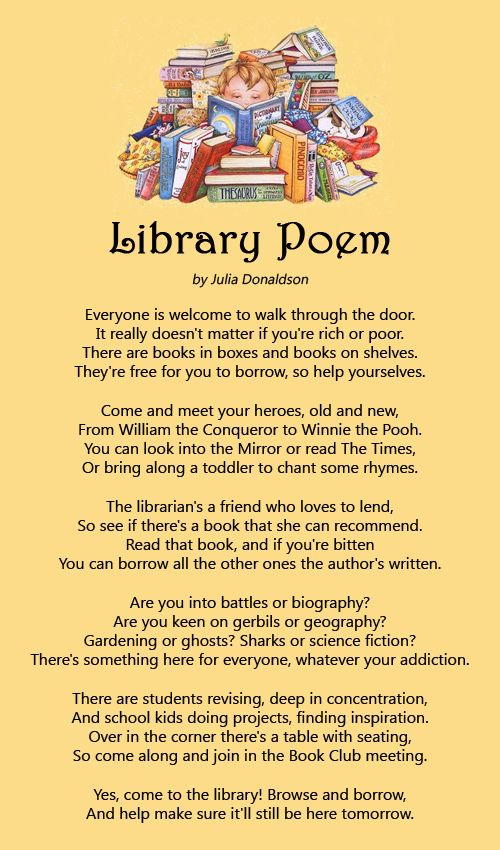 There is even a topic about sex - in a light form and with humor :))
There is even a topic about sex - in a light form and with humor :)) 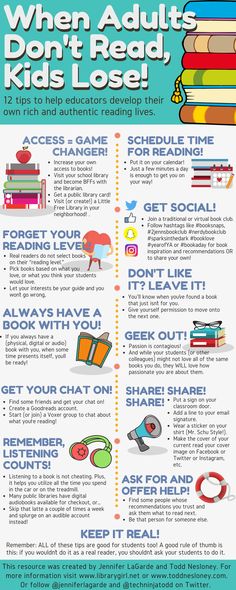 T
T  At the end there is a test to see if you are doing the right thing.
At the end there is a test to see if you are doing the right thing. 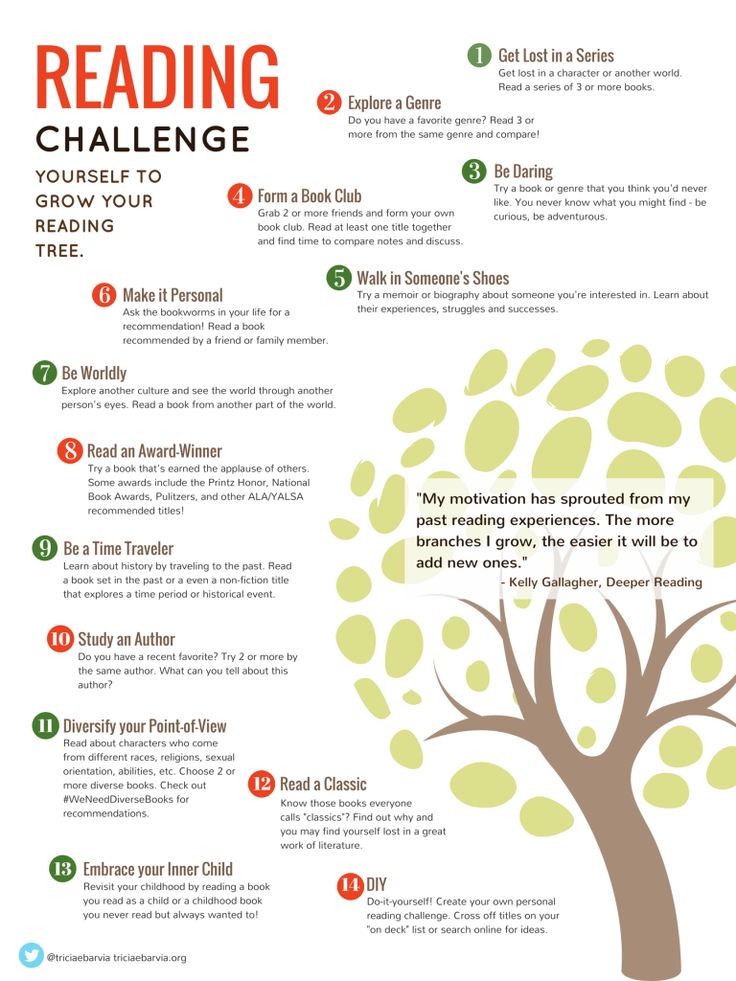 Like many of Robin's books, it all starts with the fact that everything is bad with the hero, he holds a gun to his temple, then bam - a mentor comes and begins to teach! :) And after some time, everything gets better for the hero, he finds his destiny and begins to enjoy life.
Like many of Robin's books, it all starts with the fact that everything is bad with the hero, he holds a gun to his temple, then bam - a mentor comes and begins to teach! :) And after some time, everything gets better for the hero, he finds his destiny and begins to enjoy life. 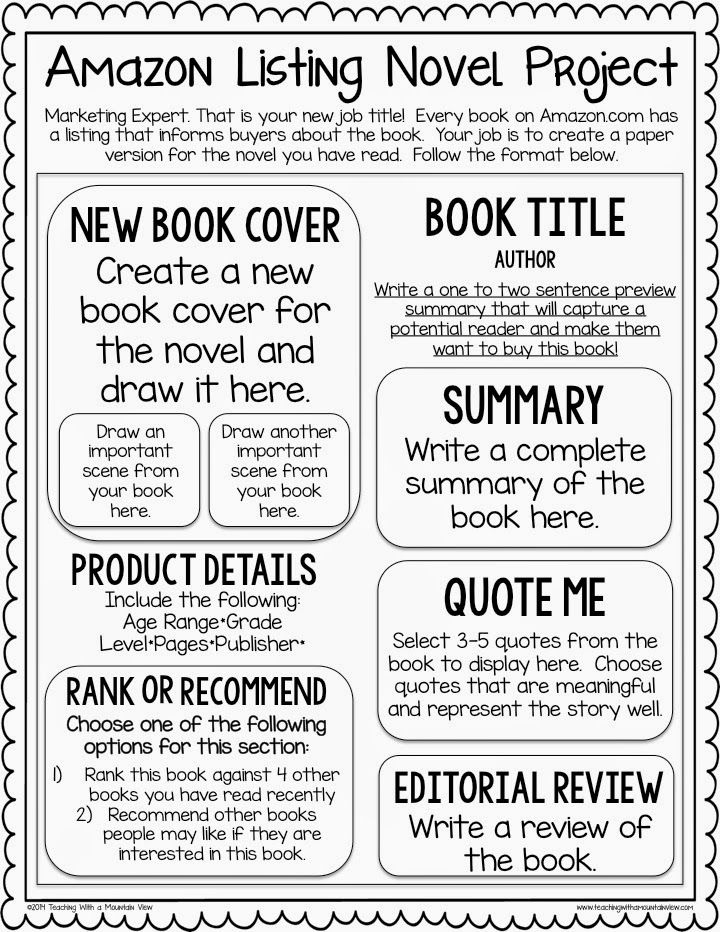 What factors played a key role in the success of the company.
What factors played a key role in the success of the company.  The book came in very handy!
The book came in very handy! 